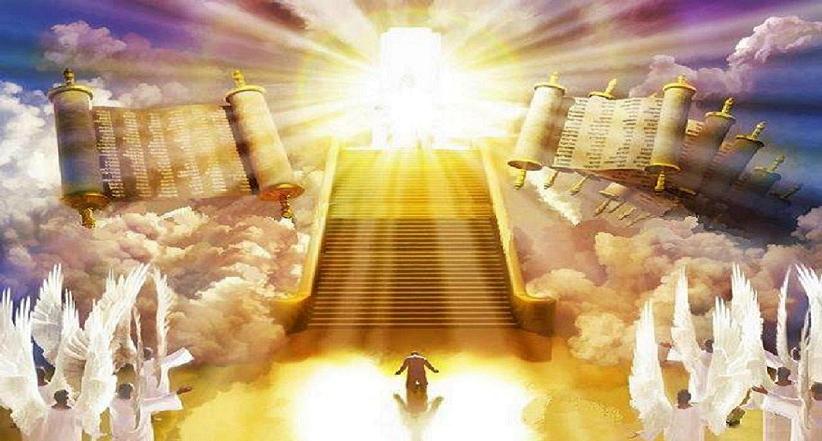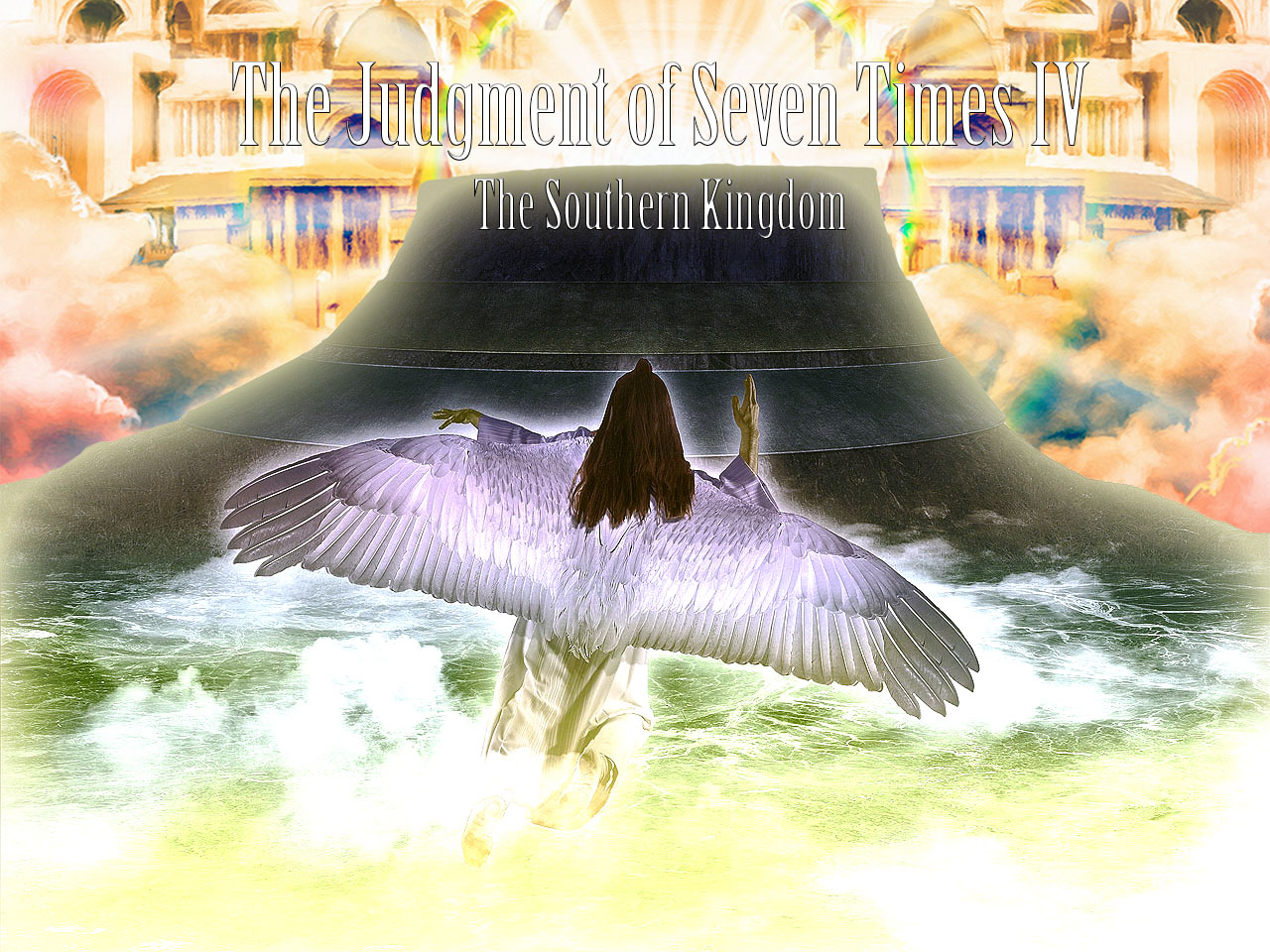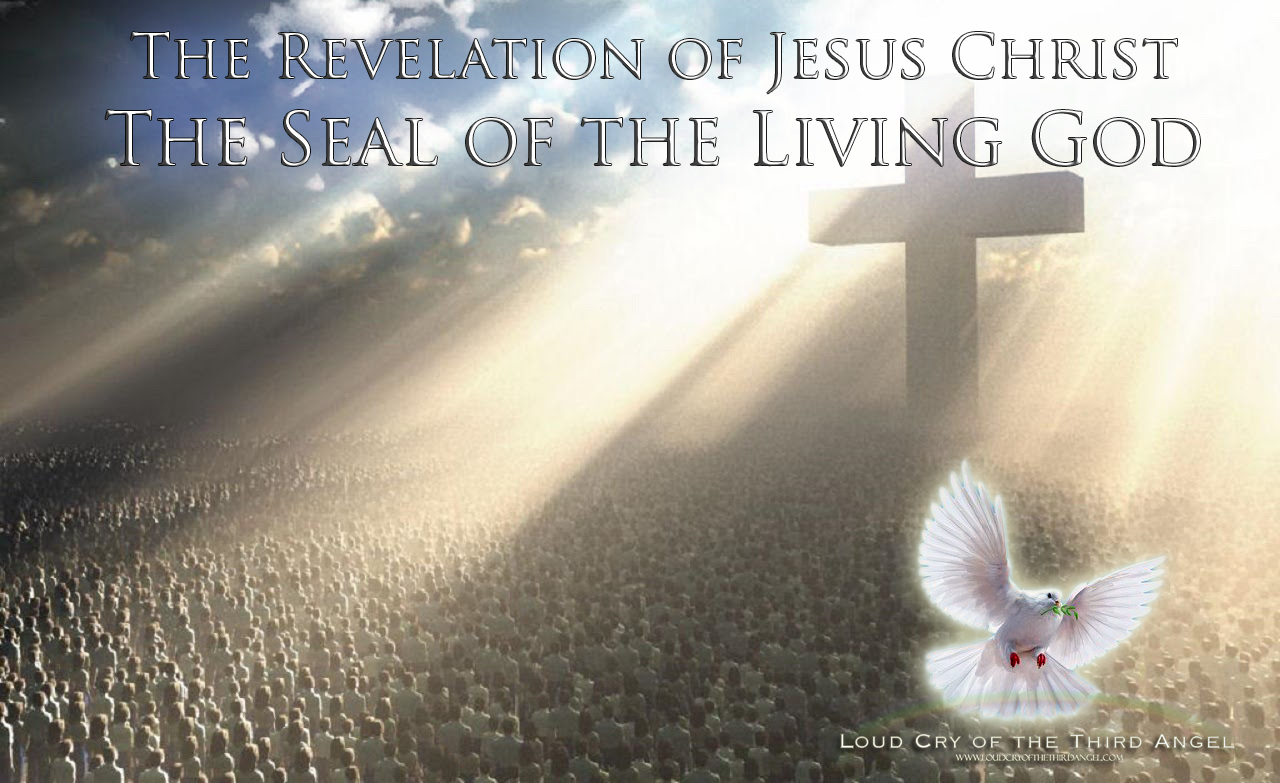The Southern kingdom of Judah fell into apostasy as their northern sister Israel did. Isaiah prophesied of the captivity to king Hezekiah, who sat on the throne of David of the tribe of Judah: “And Isaiah said unto Hezekiah, Hear the word of the LORD. Behold, the days come, that all that is in thine house, and that which thy fathers have laid up in store unto this day, shall be carried into Babylon: nothing shall be left, saith the LORD. And of thy sons that shall issue from thee, which  thou shalt beget, shall they take away; and they shall be eunuchs in the palace of the king of Babylon… And Hezekiah slept with his fathers: and Manasseh his son reigned in his stead.” (2 Kings 20:16-18) Under the moving of the Spirit, Isaiah foresaw how his throne would be carried into Babylon, and “thy sons…which thou shalt beget, shall they take away…”; this happened under two distinct and separate parts.
thou shalt beget, shall they take away; and they shall be eunuchs in the palace of the king of Babylon… And Hezekiah slept with his fathers: and Manasseh his son reigned in his stead.” (2 Kings 20:16-18) Under the moving of the Spirit, Isaiah foresaw how his throne would be carried into Babylon, and “thy sons…which thou shalt beget, shall they take away…”; this happened under two distinct and separate parts.
Judah, unlike Israel who came under the Assyrian yoke and was scattered, was still sovereign and independant in the 7th century BC. But when Hezekiah died, a wicked son arose and undid all of the reforms of the righteous kinds before him.
“And he did that which was evil in the sight of the LORD, after the abominations of the heathen, whom the LORD cast out before the children of Israel. For he build up again the high places which his father had destroyed; and he reared up altars for Baal…”
(2 Kings 21:2)
He further made graven images, worshipped and served the sun, moon, and stars, erecting altars to them in the temple of God; he made his son to pass through the fires of Moloch; observed times, used enchantments, dealt with familiar spirits and wizards. Manasseh, king of Judah, was a greatly wicked man, and “seduced them to do more evil than did the nations whom the LORD destroyed before the children of Israel.” (2 Kings 21:9)
Therefore, it was determined that a judgment, like the judgment from the king of Assyria that came upon Israel would befall Judah, His remnant people: “And I will stretch over Jerusalem the line of Samaria (Israel), and the plummet of the house of Ahab: and I will wipe Jerusalem…turning it upside down. And I will forsake the remnant of mine inheritance, and deliver them into the hand of their enemies…”
(2 Kings 21:13-14)
“And the LORD spake to Manasseh, and to his people: but they would not hearken. Wherefore the LORD brought upon them the captains of the host of the king of Assyria, which took Manasseh among the thorns, and bound him with fetters, and carried him to Babylon.”
(2 Chronicles 33:10-11)
Manasseh was made a slave in Babylon, as a partial fulfillment of the word spoken by Isaiah the prophet in 677 BC. From this time, marked the captivity of Judah. Never again was Judah to have it’s sovereign independence; Manasseh the king repented of his evils late in his life, and was reinstated to the throne of Judah, but Judah was made a vassal state under Assyrian dominance, paying an annual tribute to the powerful empire.
From this time, seven times of 2520 years (7×360) would pass over until the period of 1844 AD, when Christ, of the tribe of Judah, “came with the clouds of heaven, and came to the Ancient of days, and they brought him near before him. And there was given him dominion, and glory, and a kingdom, that all people, nations, and languages, should serve him…”; this coronation event is one that takes place from 1844 AD until the time when He shall “come in His glory, and all the holy angels with Him, then shall He sit upon the throne of His glory…” (Matthew 25:31) Christ will begin to take the throne of David as the lion of the Tribe of Judah, the throne which Manasseh, king of Judah, subjected to heathen nations by rebellion, and a great judgment scene takes place, as revealed more specifically in Daniel 7 & 8.
At this time, those who recognized the great heavenly tribunal and coronation taking place, with it’s decisive work to taking place, were numbered as the spiritual descendants of Judah; raising up “the remnant…which keep the commandments of God, and have the testimony of Jesus Christ.” (Rev. 12:17) The “testimony of Jesus Christ” was to be restored in the word of prophecy to His people, and in 1844, visions and dreams came to those who, through the diligent study of the Scriptures and prophecy, saw that Christ entered upon this great final event and Messianic work before coming again as “Lord of lords, and King of kings”. In a special sense, the light of Christ came to His own who received Him. And “what advantage then hath the Jew?…Much every way; chiefly, because the oracles of God have been committed unto them.” (Romans 3:1-2) A great restoration of knowledge took place that made a great and wide distinction between these who knew the Scriptures and could explain them, from those in the other “tribes”; so much that as was said by Christ to the Samarian woman of the tribe of Ephraim, “Ye worship ye know not what: we know what we worship: for salvation is of the Jews.” (John 4:22) This class were diligently studying the Scriptures to prepare for Christ’s return, and became known as Adventists. Many, in seeing the corruptions that have come in their own “tribes” as with ancient Israel, went to join the remnant people, who had more light on the prophecies, law and grace, being acquainted with Christ’s high priestly ministry and work in the heavenly Sanctuary. Even now, when Judah, like Israel, became more corrupt, in it was still preserved much light and served as a temporary bulwark for the tribes of Israel which came out of national apostasy. Even today, many testify that this is the case amongst Adventists in how they handle the Scriptures.
descendants of Judah; raising up “the remnant…which keep the commandments of God, and have the testimony of Jesus Christ.” (Rev. 12:17) The “testimony of Jesus Christ” was to be restored in the word of prophecy to His people, and in 1844, visions and dreams came to those who, through the diligent study of the Scriptures and prophecy, saw that Christ entered upon this great final event and Messianic work before coming again as “Lord of lords, and King of kings”. In a special sense, the light of Christ came to His own who received Him. And “what advantage then hath the Jew?…Much every way; chiefly, because the oracles of God have been committed unto them.” (Romans 3:1-2) A great restoration of knowledge took place that made a great and wide distinction between these who knew the Scriptures and could explain them, from those in the other “tribes”; so much that as was said by Christ to the Samarian woman of the tribe of Ephraim, “Ye worship ye know not what: we know what we worship: for salvation is of the Jews.” (John 4:22) This class were diligently studying the Scriptures to prepare for Christ’s return, and became known as Adventists. Many, in seeing the corruptions that have come in their own “tribes” as with ancient Israel, went to join the remnant people, who had more light on the prophecies, law and grace, being acquainted with Christ’s high priestly ministry and work in the heavenly Sanctuary. Even now, when Judah, like Israel, became more corrupt, in it was still preserved much light and served as a temporary bulwark for the tribes of Israel which came out of national apostasy. Even today, many testify that this is the case amongst Adventists in how they handle the Scriptures.
IN SUMMARY
At the beginning of 677 BC, the king of Judah was brought into captivity by the pagan king of Assyria for wickedness. The reason Judah had a physical king was because of their demand for it to be like the heathen nations who had a fleshly king; but Christ said “they have rejected Me, that I should not reign over them…” (1 Sam. 8:7); this demand of His people led to the Assyrian king eventually reigning over them in 677 BC, and then eventually, to when the Jews would crucify Him, declaring, “We have no king but Caesar!”
At the ending of the seven times, in 1844 AD, the rightful King of Judah was brought before the King of the Universe, to receive honor, and glory, and a crown that shall never fade away for His righteousness; signifying the closing prophetic scenes before this great event is finished, and raising up a people who would have spiritual advantages to protest the interposition of “Caesar” in the final days in the mark of the beast crisis before Christ’s return, if they prove faithful.
To see the next prophetic application (or to review the previous), click on the links below:
The Judgment of Seven Times I: The Prophecy of Nebuchadnezzar
The Judgement of Seven Times II: The Fall of Man
The Judgment of Seven Times III: The Northern Kingdom
The Judgment of Seven Times IV: The Southern Kingdom
The Judgment of Seven Times V: The Beasts of Prophecy








[…] their land was over, and when the little horn had a preliminary judgment made against him. In 1844, the period of Judah’s captivity was over, but that captivity did not speak of the express loss of land, but the slavery of the […]
[…] Judgement of Seven Times II: The Fall of Man The Judgment of Seven Times III: The Northern Kingdom The Judgment of Seven Times IV: The Southern Kingdom The Judgment of Seven Times V: The Beasts of […]